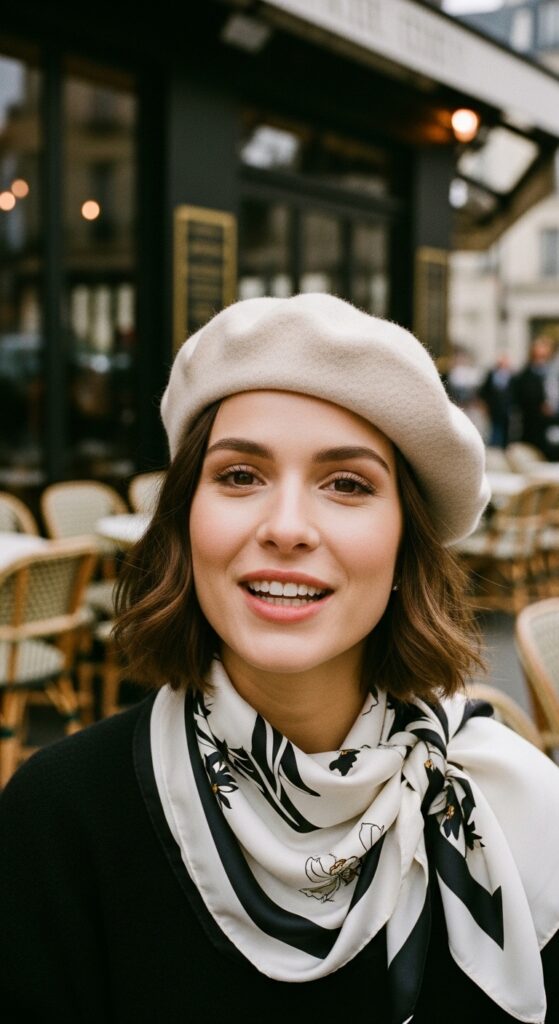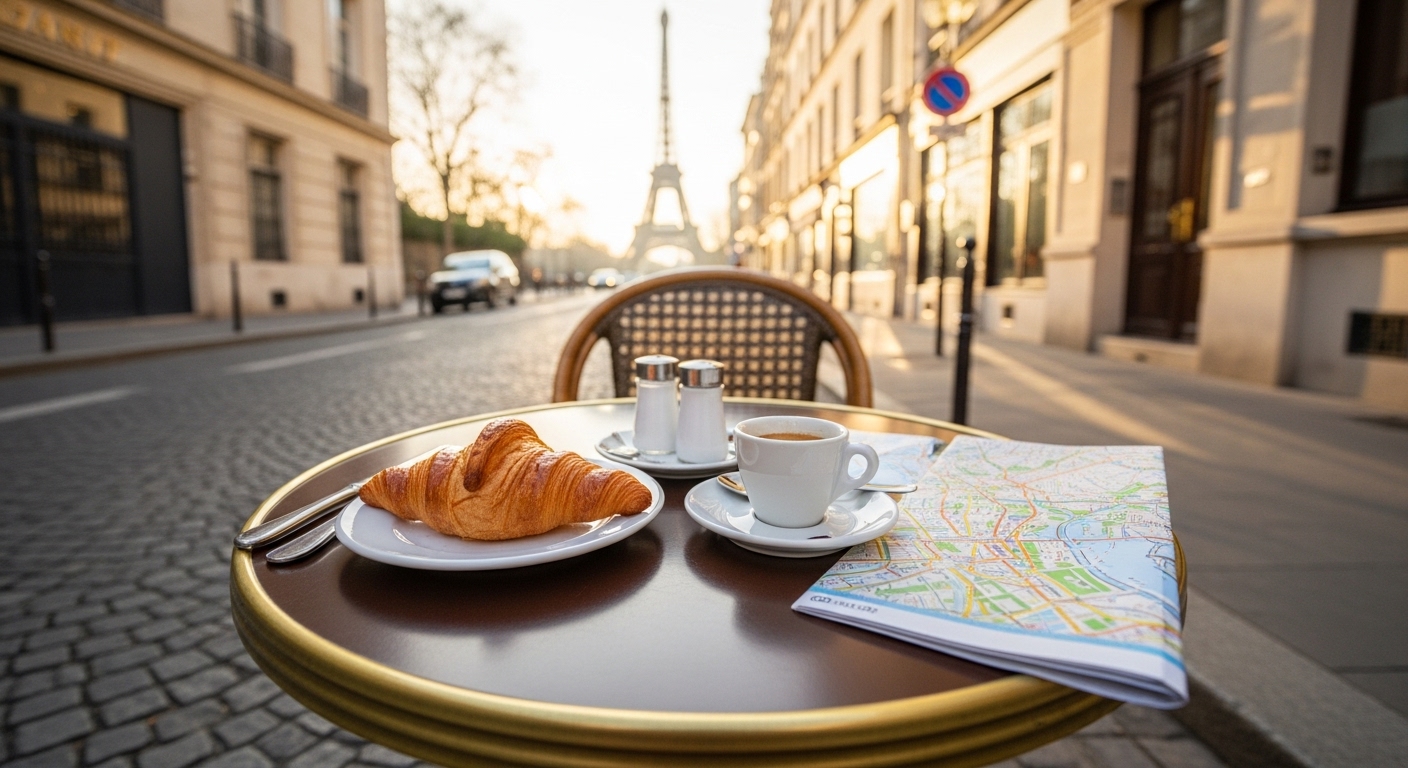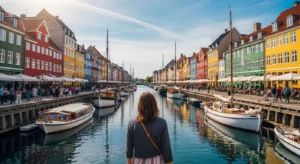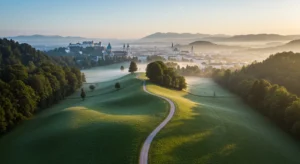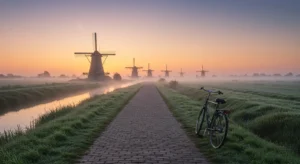Table of Contents
Let’s be honest. The idea of a France vacation has been sold to us a thousand times. It’s in the movies, the books, the dreamy Instagram posts of espresso at a Parisian café. But when you actually start to plan it, the fantasy can quickly curdle into overwhelm. Paris, the Riviera, Provence, Bordeaux… where do you even begin? And how do you navigate a country famous for its… let’s say, strong opinions on everything from cheese to customer service?
I remember my first trip. I spent more time stressing over museum passes and train schedules than I did actually enjoying the croissants. I’ve since returned dozens of times, lived in a small Provençal village, and learned that the true magic of France isn’t in checking off a list of monuments—it’s in the slow, delicious art of savoring the moment.
This guide is for the first-timer. We’re going to move beyond the clichés and into the practical, beautiful, and utterly human experience of traveling through France. Consider this your friendly, experienced travel companion, here to help you plan a trip that’s uniquely yours.
When to Go: Finding Your Perfect French Season
There is no single “best” time for a France vacation; it entirely depends on the experience you’re after.
- Spring (April – June): This is my personal favorite. The countryside explodes with color, the weather is mild, and the tourist crowds are still manageable. It’s perfect for garden visits (like Giverny) and city wandering. Pack a light jacket for the occasional shower.
- Summer (July – August): This is peak season. The weather is hot and sunny, ideal for beach days on the French Riviera or hiking in the Alps. However, be prepared for massive crowds, higher prices, and the annual fermeture annuelle (August holiday) where many small shops in cities close as Parisians flee to the coast.
- Fall (September – October): A very close second to spring. The light is incredible, the summer crowds have dispersed, and it’s harvest season—a fantastic time for foodies to visit wine regions like Burgundy or Bordeaux. The weather remains pleasant well into October.
- Winter (November – March): Outside of the Christmas markets in Strasbourg and the ski resorts in the French Alps, this is the low season. You’ll find great deals on flights and hotels in cities like Paris and Lyon. It’s a moody, atmospheric time to explore museums and cozy up in bistros, though some rural attractions may have limited hours.
Crafting Your Budget: A Realistic Look
France can be as luxurious or as affordable as you make it. A common mistake is underestimating costs, especially in major cities.
- Accommodation: A decent budget hotel in Paris can start at €100-150/night. Look to options like B&Bs (chambres d’hôtes) in the countryside for better value and a more authentic experience. For hostels, expect €30-50/night for a dorm bed.
- Food: This is where you can control your spending.
- Budget: Bakeries (boulangeries) are your best friend. A ham-and-cheese baguette sandwich (jambon-beurre) and a pastry will cost under €10. Supermarkets like Monoprix are great for picnic supplies.
- Mid-Range: Look for fixed-price menus (menu du jour or formule) at bistros for lunch. You can get a fantastic 2-3 course meal for €20-35.
- Splurge: A dinner at a renowned restaurant can easily run €100+ per person without wine.
- Transportation: The national rail system, SNCF, is excellent. Book train tickets in advance on their website or app for significant savings. For regional exploration, consider renting a car.
Pro Tip: The Paris Museum Pass can be great value if you plan to hit several major museums consecutively. Do the math first—if you’re a slower traveler, it might not be worth it.
Beyond Paris: Designing Your France Itinerary
While Paris is magnificent, France’s soul is spread across its diverse regions. Here are two classic itinerary ideas for a 10-14 day trip.
Itinerary 1: The Classic Tour (Paris + Provence)
- Days 1-4: Paris. Hit the icons—the Eiffel Tower, the Louvre, Notre-Dame—but also leave time to get lost in neighborhoods like Le Marais or Saint-Germain-des-Prés.
- Days 5-7: Provence. Take a high-speed TGV train south to Avignon. Use it as a base to explore the Pont du Gard Roman aqueduct, the stunning hilltop villages of the Luberon (Gordes, Roussillon), and the fields of lavender (in bloom June-July).
- Days 8-10: The French Riviera. A short train ride east brings you to Nice. Enjoy the Promenade des Anglais, day trip to glamorous Monaco, or explore the breathtaking clifftop village of Èze.
Itinerary 2: The Château & Wine Route (Paris + Loire Valley + Bordeaux)
- Days 1-4: Paris.
- Days 5-7: Loire Valley. Rent a car in Paris and drive to Tours or Blois. Spend days exploring the incredible Renaissance châteaux like Chambord, Chenonceau, and Villandry.
- Days 8-10: Bordeaux. Drive southwest to the world’s wine capital. Book a tour to the surrounding vineyards (Médoc, Saint-Émilion), explore the city’s elegant architecture, and of course, indulge in tastings.
Embracing the Culture: How to Really Experience France
This is where a good trip becomes a great one. The French value etiquette and subtlety.
- Master the Basics: Always, always lead with a greeting. When you enter any shop, café, or bakery, make eye contact and say “Bonjour, Madame/Monsieur.” It’s not optional; it’s the key that unlocks every interaction. Similarly, “au revoir” (goodbye) and “merci” (thank you) are essential.
- Slow Down: The American-style “grab-and-go” coffee doesn’t exist here. If you order an espresso at a café bar, it’s normal to stand there for five minutes and savor it. Meals are an event, not a pitstop. Rushing is seen as rude.
- Don’t Ask for Substitutions: French cuisine is an art form. Asking to heavily alter a dish can be perceived as an insult to the chef. If you have dietary restrictions, learn the phrases to explain them clearly (“Je suis allergique à…” – I am allergic to…).
- Speak a Little French: You don’t need to be fluent. Simply trying goes an incredibly long way. A few key phrases will earn you smiles and better service.
- Bonjour (Hello)
- S’il vous plaît (Please)
- Merci beaucoup (Thank you very much)
- Une carafe d’eau (A carafe of tap water – it’s free!)
- L’addition, s’il vous plaît (The check, please)
Frequently Asked Questions (FAQs)
Q: Is France safe for tourists?
A: France is generally very safe for travelers. The most common issues are pickpocketing and bag-snatching in crowded tourist areas like Parisian metros and museums. Use common sense: keep your wallet in a front pocket, don’t leave your phone on a café table, and be aware of your surroundings. Scams (like the “gold ring” scam) exist but are easily avoided by ignoring unsolicited interactions.
Q: How far in advance should I book?
A: For the best deals and availability, book flights and intercity trains 3-4 months in advance, especially for summer travel. For incredibly popular restaurants (like a Michelin-starred spot) or specific tours, book as soon as you have your dates.
Q: Should I tip at restaurants?
A: Service charge is included by law in all restaurant bills (it’s called the service compris). It is not obligatory or expected to leave an additional tip. However, it is customary to leave a small “extra” for good service—usually just rounding up the bill or leaving a few euros in cash on the table. This is a gesture, not an obligation.
Q: What’s the best way to get around?
A: The train network is superb for city-to-city travel. For exploring the deep countryside, like the vineyards of Burgundy or the villages of Provence, renting a car offers unparalleled freedom. Within cities, the metro (in Paris, Lyon, Marseille) and tram/bus systems are efficient and easy to use.
Q: I’m a vegetarian/vegan. Will I find food?
A: It’s getting much easier, especially in larger cities like Paris, Lyon, and Bordeaux which have dedicated vegan restaurants. In traditional bistros, options may be limited, often to salads or omelets. Don’t be shy about asking: “Est-ce que vous avez des plats végétariens?” (Do you have any vegetarian dishes?).
Your Adventure Awaits
Planning your France vacation shouldn’t be a source of anxiety. It’s the first, exciting step toward an unforgettable journey. Remember, the goal isn’t to see everything. It’s to experience something real. It’s the taste of a perfect croissant, the sound of a street musician in a medieval alleyway, the warmth of the sun on a plaza in a tiny village no one back home has heard of.
So, do your research, book those key tickets, and then… pack your curiosity and a comfortable pair of walking shoes. Leave room in your itinerary to get lost. Be present, be polite, and be ready to fall in love. Bon voyage.
